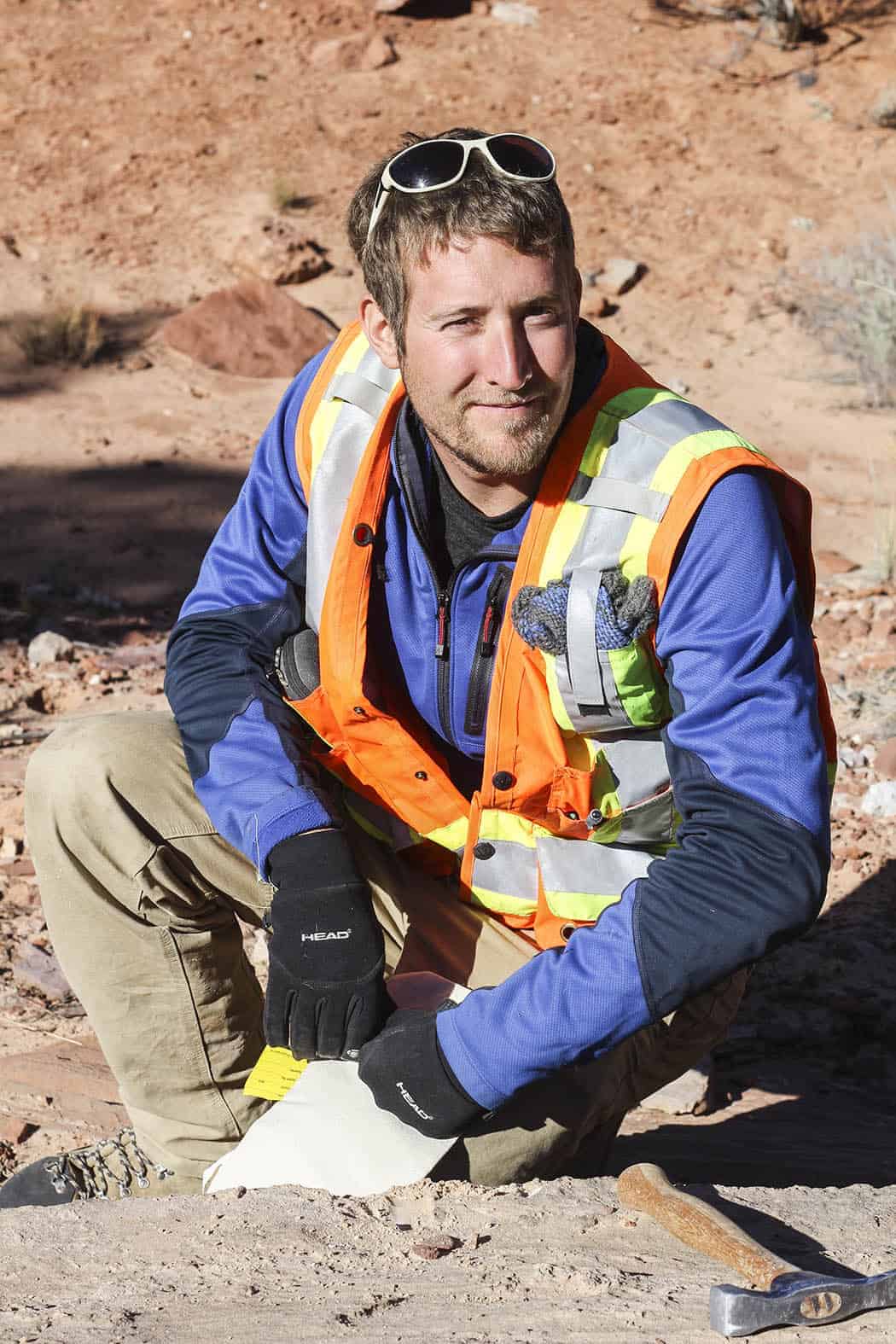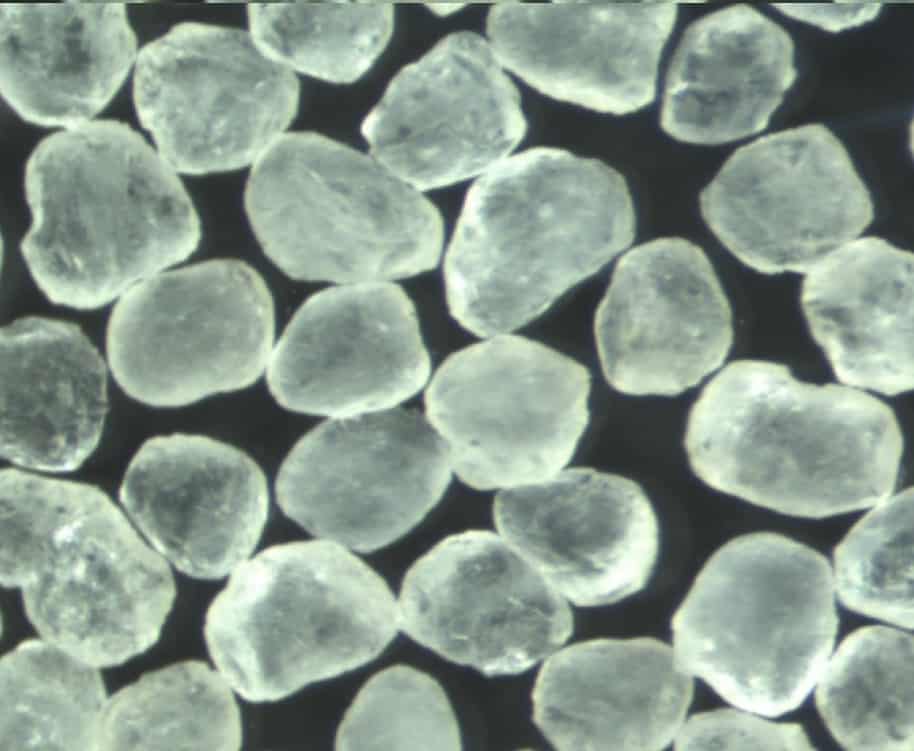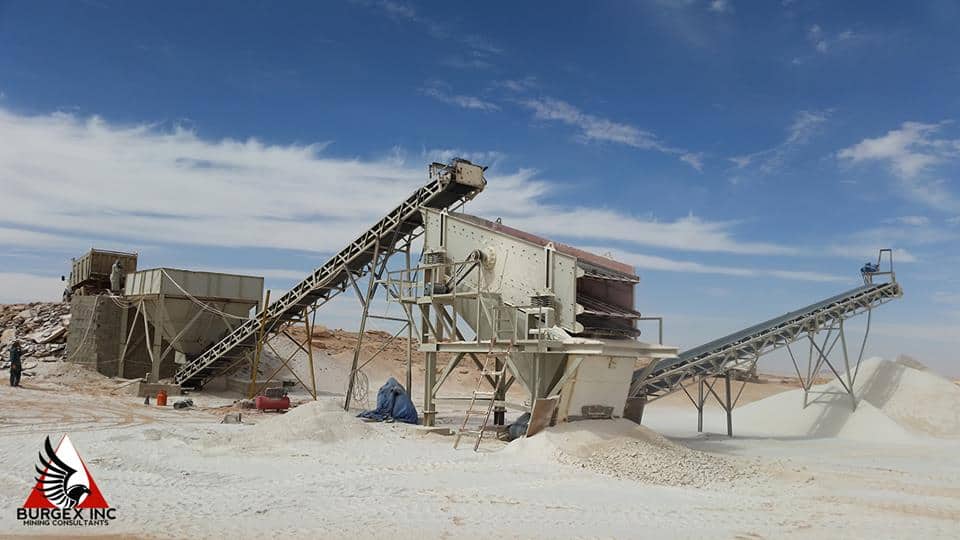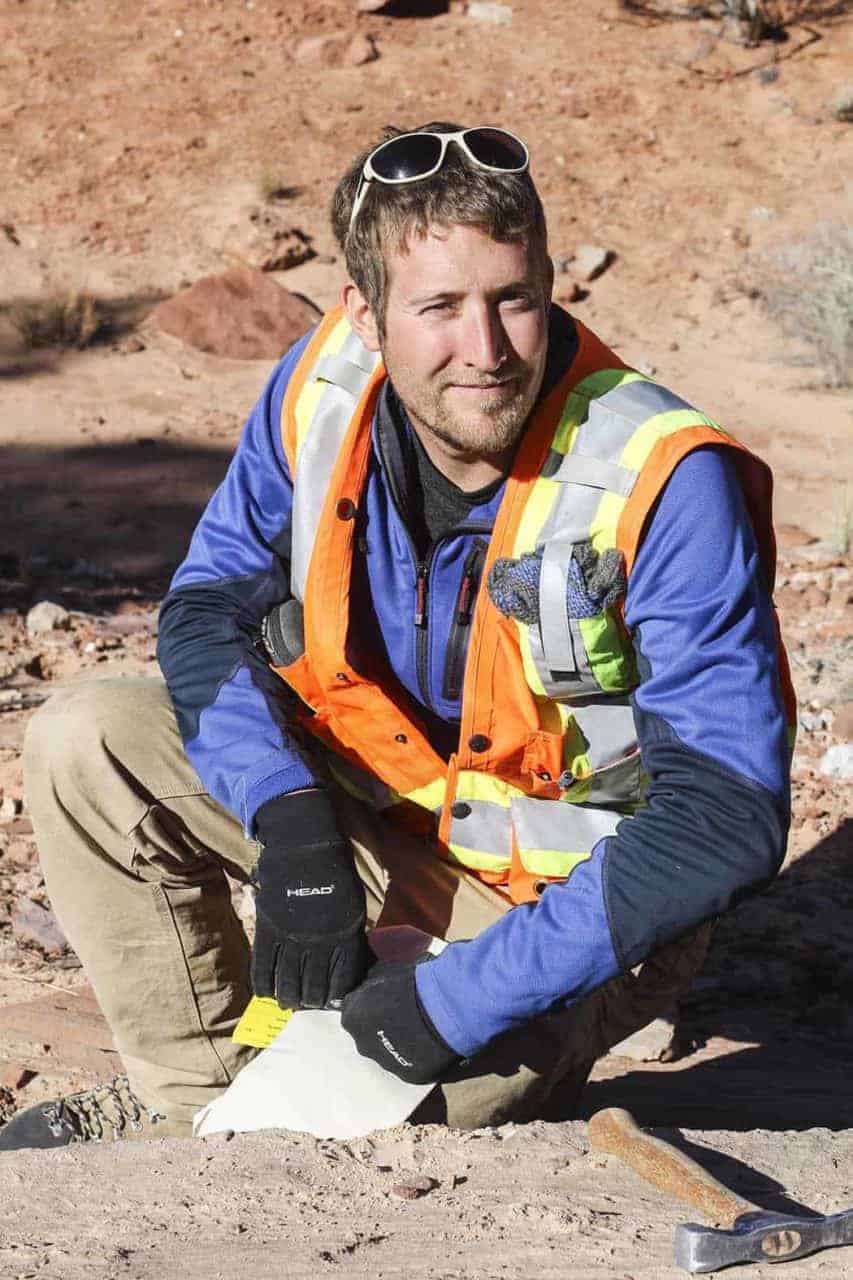The economic tremors of the U.S. shale boom have given a boost to mining and exploration for a few different minerals. Drilling grade barite and bentonite prices have been rising, but there is another commodity that has seen a massive rise in demand, pricing, and new mine development: FRAC SAND.

What is frac sand? Simply put, it is composed of well-rounded grains of silica that have the strength to prop open the cracks in oil or gas wells created by hydraulic fracturing. Frac sand is referred to as a proppant; it has garnered favor in the industry for being natural and cheaper than synthetic alternatives. The demand for frac sand has skyrocketed over the past several years, and has only waned moderately in the face of lower oil prices. The drop in demand has been tempered by a trend in the industry to pump even more sand into the wells to maximize production and ultimately cut costs. In addition to the trend toward more sand usage, operators are starting to use finer grained sands.
What does this mean for the mining industry and mineral explorers? It means there is a demand for finding, proving, and developing new sand mines that offer logistical advantages. Trends in the industry toward finer grained sands have opened up deposits across North America that were previously deemed to be too fine-grained. Mines located close to the oil fields that offer high quality sand can turn a very good profit even as sand prices ebb and flow. All of this adds up to great opportunity for those who have an open mind toward exploring for an emerging commodity. Frac sand is relatively simple to identify and there are numerous ways to inexpensively field test it before spending money to hire a lab or bring in a consultant. What makes a quality sand deposit?
- Silica Content: Quality deposits are composed of mostly silica 90%+
- Grain Size Distribution: Common sizes are 20/40 30/50 40/70 70/140
- Sphericity & Roundness: Spherical grains that are well rounded tend to be stronger
- Crush Strength: Measured by psi crush value, smaller grain sizes are expected to bear more weight 4K-10K+
- Proximity to Shale Oilfields: As with most industrial minerals, logistics are king!
- Size of Deposit: Does the potential mine life warrant development?

As you can see, there are several key factors that determine if a deposit could be economical to develop. Other factors to consider are common to all mining; such as permitting, environmental concerns, availability of labor, etc.
We have had the opportunity to test and evaluate several frac sand deposits in North America and around the world for our clients. This experience has shown that there are many deposits across the U.S. and the world that have not been thoroughly tested and evaluated. These potential deposits offer up a great opportunity for mineral explorers who have the ability to take a closer look at them. A few of these deposits that we have tested and evaluated are currently being developed and proven. The owners are very optimistic about the future of their projects and the sand industry as a whole.

The potential for discovering a deposit that has previously been overlooked is high for those keen in frac sand exploration. Changing demand and grain size requirements have opened up potential deposits within economical distance of emerging or even existing oilfields. What are you waiting for, get out and start exploring!
Interested in having us consult for your frac sand project? Contact us today for a free estimate. In addition to providing frac sand consulting and field testing services, we also have connections to a large network of sand distributors and oilfield service providers. If you are interested in having full testing done on your frac sand, check out the testing packages offered by Global Energy Laboratories.

